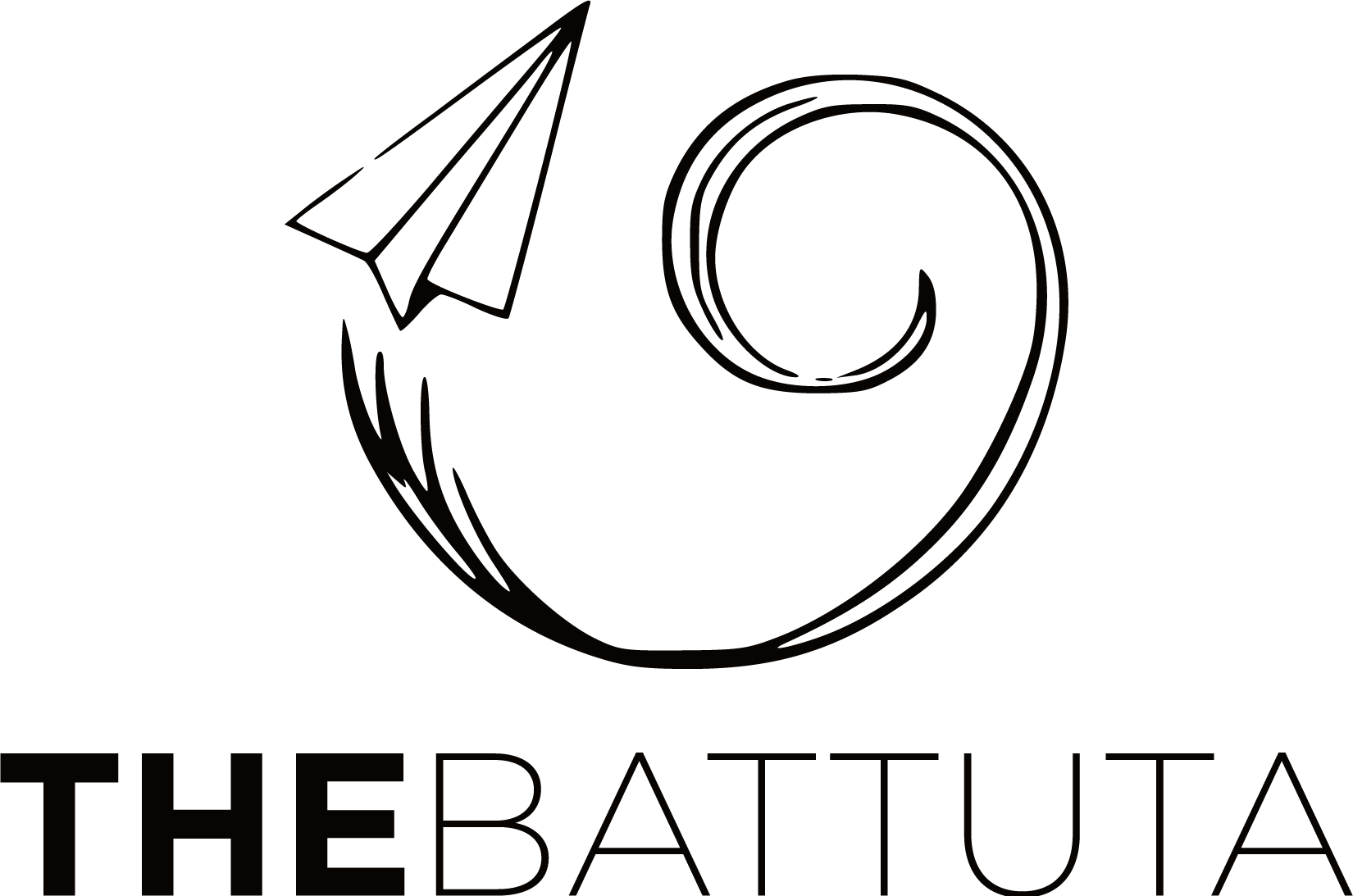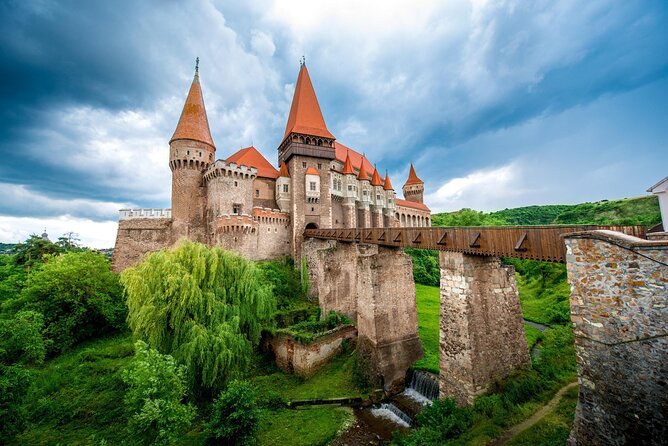19 Things To Know Before You Go To Transylvania
Transylvania may be Romania’s best-known region—and perhaps for the wrong reasons, thanks to some dubious vampire-related lore. But Transylvania—Romania’s largest region—is rich with mountains and undisturbed forests, medieval villages, hearty food, and a welcoming, generous social life, all with only a handful of larger cities, such as the cosmopolitan university town, Cluj-Napoca, 2015’s European Youth Capital.
After Nicolae Ceausescu came to power, succeeding Romania’s first Communist leader, he ruled the country under a highly repressive dictatorship, from 1965 until he was overthrown and executed in 1989. I grew up in the center of Transylvania, in a small town called Miercurea Ciuc. I’ve heard many stories from my grandparents and my parents about those grim years. The export of most of Romania’s agriculture resulted in widespread food shortages. The press was censored or blacked out completely. Those decades took their toll on Transylvania and the country, and as nearby European countries prospered, Romania stagnated. Romania joined the European Union in 2007, and there has been some mixed progress on the political and economic fronts.
Today’s Transylvania is a different, more modern, more open place from when my grandparents—or even I—grew up. But still, Transylvanian villages, as in the past, are mostly about agriculture, with many long-held local traditions such as harvest festivals and balls remaining strong. Meanwhile, tourism to Transylvania is on the rise. It is far cheaper to travel to and around the region than other European destinations, and there is much to discover. Here is some local wisdom to get you started, from picking a strategic base to the best way to experience that superlative stew, gulyas.
Fly into Cluj-Napoca. Avram Iancu International Airport, Transylvania’s largest and busiest—the second-busiest after the capital, Bucharest—is located in Cluj-Napoca. There 15 different airlines, and Wizz Air and Blue Air run cheap flights to other European cities. Start your trip in Cluj-Napoca, right in Transylvania’s cultural hub. From there, travel to the rest of Transylvania by bus, train, or car.
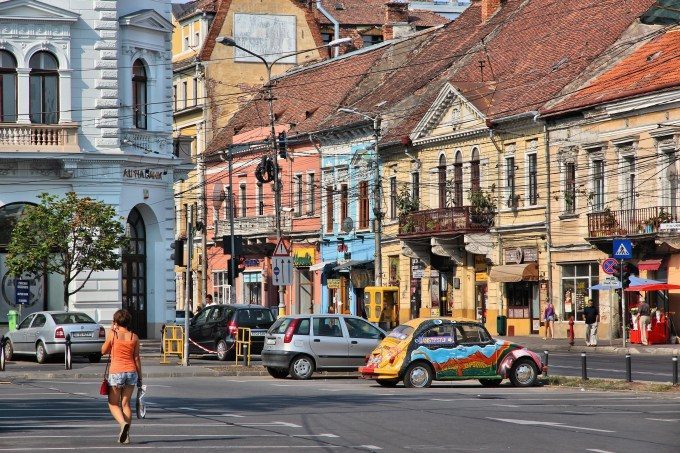
Get the geography right… Transylvania (Latin for “land beyond the forest” or “across/through the forest”) is a region in central and northwestern Romania (the country’s largest, and about the size of Maine), bordered on the east and south by the Carpathian mountains and by some of Europe’s largest undisturbed (read: as yet mostly unaffected by humans and their follies) forests. Also, there are bears. More on that later.
…and the history. Even Transylvania’s more recent history is complex, but here goes: Transylvania’s population of just under 7 million has a mix of ethnic Hungarians and Romanians: Around 70% Romanian, 18% Hungarian, with much smaller populations of Roma, Ukrainian, and German. Transylvania was a distinct territory (under various states of rule, including being a vassal state of the Ottoman Empire) until the Austro-Hungarian compromise of 1867, when it was incorporated into the Kingdom of Hungary in the Austro-Hungarian Empire. But after World War I and the dissolution of the empire, the empire lost Transylvania to Romania in the 1920 Treaty of Trianon—which was signed by the Allied Powers and representatives of Hungary to formally end the war and carve up the empire’s former territories. The Kingdom of Hungary kept just 28 percent of its lands, with the rest were divided among its newly independent neighboring countries: Romania, Czechoslovakia, Slovenia, Serbia, Ukraine, Austria, and Croatia. After the Treaty of Trianon, Hungarians in Transylvania became Romanian citizens.
Old enmities and more recent tensions arise between Romanian and Hungarian communities in Transylvania, so be sensitive to the region’s historical baggage. These issues play out in arguments over language rights, or over whether Hungarian flags should fly over government buildings in Transylvanian towns with majority-Hungarian populations, or in the long-running dispute over who can claim the funnel-shaped Kürtőskalács (also known as the chimney cake, for its shape, or spit cake, not for any ingredients but for the way it’s cooked on a spit). While it is thought to have been invented in Transylvania, it’s unclear whether the woman who first included a recipe for it in a cookbook (in 1784) was of Romanian or Hungarian origin. But of two things we are fairly certain—that it is Transylvanian, and that it is delicious.
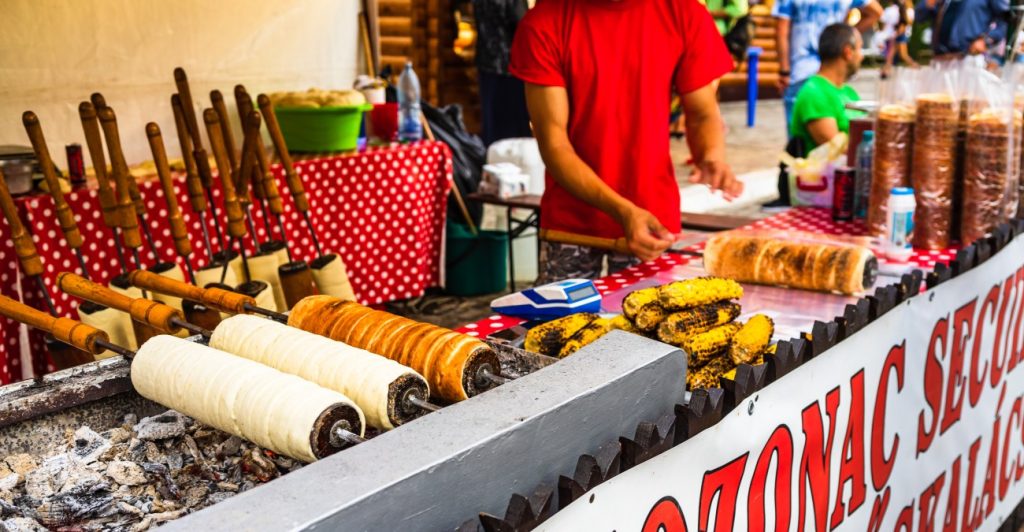
Double-check your visa needs.
Romania, along with Bulgaria, joined the European Union in 2007, but it is not yet part of the Schengen Area—the group of 26 EU states that allow free movement between their borders and visa-less travel for EU citizens, and with a Shengen Area visa for others—although it is expected to join soon. This means a Shengen visa won’t cover it. EU citizens can enter and exit Romania with their passport or national identity card without a visa. Citizens of the U.S., Canada, Australia, and New Zealand don’t need a tourist visa for up to a three-month visit, after which they must register for residency. Schengen citizens do not need a tourist visa. Travelers from other countries need to apply for a tourist visa in advance. Check your status here.
Look beyond Dracula. Let’s get this out of the way: Transylvania is associated with vampire folklore and known as Dracula’s homeland thanks in large part to Bram Stoker’s novel “Dracula” and decades of pop-culture mythology. Stoker’s Count Dracula character is said (but this has not been proven) to have been inspired by a 15th-century prince named Vlad III Drăculea, a military governor of noble descent with a penchant for impaling his enemies on stakes, earning him the nickname Vlad the Impaler. Vlad’s supposed home, the Gothic fortress Bran Castle, is a national monument, one of Transylvania’s best-known landmarks, and one of its most-visited destinations.
But there’s no evidence that Vlad the Impaler ever lived in this castle. Most likely, he didn’t even live in Transylvania. But myths aside, Bran Castle is beautiful and appropriately spooky, carved dramatically on a hilltop, with Dracula-themed touches (including a glass elevator tracing Dracula’s supposed escape route in the novel). If you want to go all-in on the vampire theme, go nuts and spend Halloween here—the only time of the year when the castle is open at night. You can get a night tour of the castle and hit the party. There are also plenty of other vampire-themed hotels and landmarks trading on Transylvania’s vampire mythology.
Alternatively, visit Poenari Castle, a ruined fortress in the Transfagarasean mountains that some historians believe was Vlad’s actual residence. There is also Banffy Castle, near Cluj-Napoca. A beautiful 15th-century castle donated to the Hungarian noble Losonc family by Sigismund of Luxemburg, it’s now also the site of the annual Electric Castle music festival in July.
You’ll get by with English. Romania’s younger generation is well-traveled and educated. Most speak English, and many older people do too. If someone doesn’t, they’ll help you find someone who can. Transylvania’s official language is Romanian, but there are many towns where Hungarian is widely spoken, for example in Miercurea Ciuc, Gheorgheni, Brasov, Odorheiu Secuiesc, Cluj-Napoca. (The two languages are not similar: Romanian is an Eastern Romance language, and Hungarian a Finno-Ugric one, closer to Estonian and Finnish—although a small percentage of the Romanian lexicon is of Hungarian origin.)
Move around, make plans. Transylvania is big. If you want to explore, it’s not really feasible to drop anchor in one place and try to cover the map from there. Plan ahead, and pick several places around Transylvania to stay in. Hotels and B&Bs are generally inexpensive. If you only have a few days or a week, these are some good spots: Soparkut Panzio for horse-riding and nature, Brasov and Sighisoara for medieval towns and castles, and Cluj-Napoca for city and nightlife.
Make Brasov or Sighișoara your base. Brasov, a city of around 300,000 surrounded by the Carpathian mountains, is a good base for taking trips to other attractions. From there it’s easy to get to ski resorts (such as Poiana Brasov and Predeal), do mountain hikes, stay in mountainside cabins, visit Bran Castle, or do some horseback riding at nearby equestrian estates. The city center is still handsomely medieval, and there are many castles around the area. For some non-Dracula castle action, check out Fagaras Citadel, a beautiful fortress first built in the 13th century, 40 miles outside the city, and the entrance fee is €3 ($3.30). Feldioara Fortress, another recently rebuilt medieval castle, is 1just outside Brasov, and the entrance fee is also €3. The medieval city of Sighisoara, in the center of Transylvania, is on the smaller side, but its center is a UNESCO World Heritage Site. The Citadel, the Square, the Clock Tower are just a few of its 16th-century landmarks, the town center is all cobbled alleys and towers, narrow streets and stairways, and medieval buildings.

Pick your season.
Transylvania has the real-deal four seasons. Springs are mild and sunny. Autumns bring beautiful red-orange-yellow colors and windy, rainy weather. Winters are cold, and the temperature can dip as low as minus 20-25 degrees Celsius, (-13 F) but it’s the perfect season for skiing and snowboarding. Summers are hot, with temperatures between 25-36 degrees Celsius (in the F 80s or 90s, so that’s the season for hiking, and swimming in Transylvania’s many lakes.
Don’t refuse palinka. Palinka is a local, traditional spirit, essentially a Schnapps—a brandy made from plums, cherries, apples, or other fruits. It’s strong and firewater-like. When not used to lift the, well, spirits, or as a quick route to drunkenness, locals drink it (on an empty stomach, no less) as an appetizer. You’ll find it in restaurants and stores, but those are not the places you should be looking. Palinka is traditionally made locally in villages, with several people in every village or town producing palinka to sell to the rest of the town. So rest assured every household will have some. Ask around to see where to buy it. If you are offered a shot of palinka, you are considered a friend, one of their own, so don’t decline. (Maybe you can refuse the second or the third one, as it’s a really strong spirit, but definitely not the first.) And don’t show any signs of disgust or discomfort when drinking it—be strong.
Don’t rely on travel websites to find mountain cabins. There are many awesome mountain cabins hidden in Transylvania’s forests and mountains. (Bonus: Mountainside B&Bs are equipped with everything you need to cook gulyas outdoors.) These places are deep in the wilderness, generally with no neighbors around. Bring friends, make a fire at night, sit around it, drink beer, sing, talk, look at the stars, and enjoy the summer nights. You can sometimes book mountain cabins online in the usual places (Booking.com or AirBnb), or on their own websites, if they have one. But note that some of the more remote mountain-cabin owners don’t appear on these websites and prefer a phone call. You’ll need to do some old-fashioned searching (for example, “mountain cabins in X location” to find what’s around and for their phone numbers—then pick up the phone! Plus, this way they won’t charge you for booking or canceling, and you can pay for your room when you arrive.
I particularly recommend a B&B called Sopàrkùt Panziò, in the Harghita mountains, in a meadow surrounded by forest. I also recommend anywhere in two of the most beautiful Southern Carpathian mountain groups: Fagaras and Retezat-Goldeanu. Since Transylvania is full of mountains and forest all over, it’s easy to do this on any mountain you happen to be visiting. (I strongly recommend sleeping in mountain cabins instead of tents, though, because bears. Be cautious, but don’t worry too much: campfires with loud talking and laughing people tend to keep them away.)
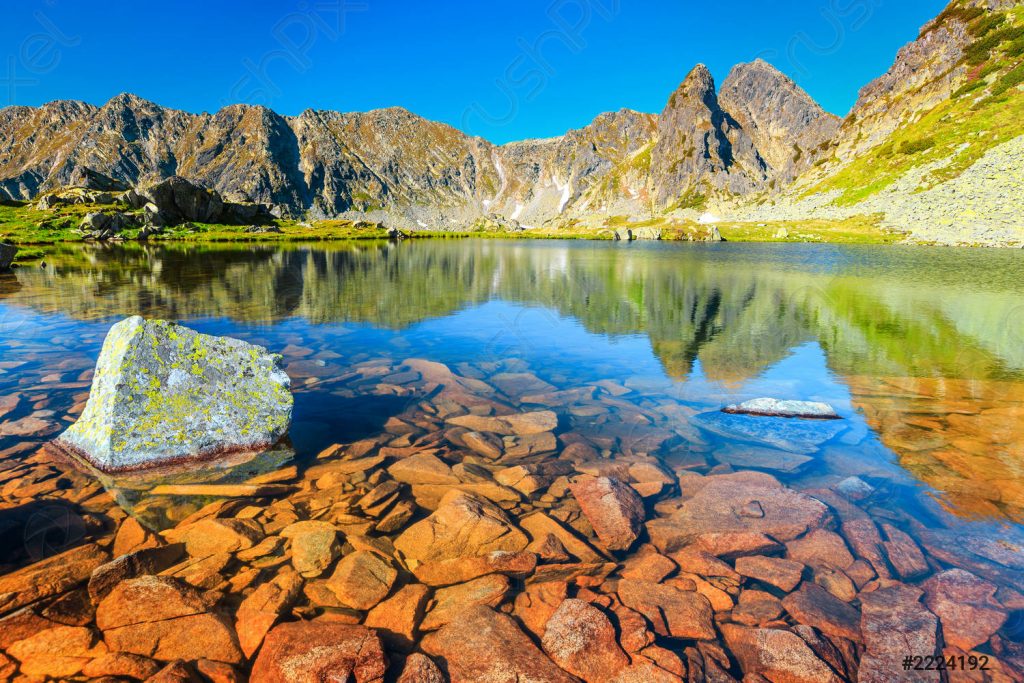
Hit Cluj-Napoca for nightlife…. Cluj-Napoca was the 2015 European Youth Capital for good reason. Over 100,000 students live there, so naturally, nightlife is big. For EDM and DJs, hit Euphoria Music Hall, Midi, and Noa. For dressing up a little fancier and cocktails, try After Eight. For more diverse music and a more artsy crowd, try Flying Circus, which plays rock n’roll, reggae, soul, ska, jazz, and “retro”—essentially, pop music of previous eras, heavily represented by 1990s-era top-40 acts.
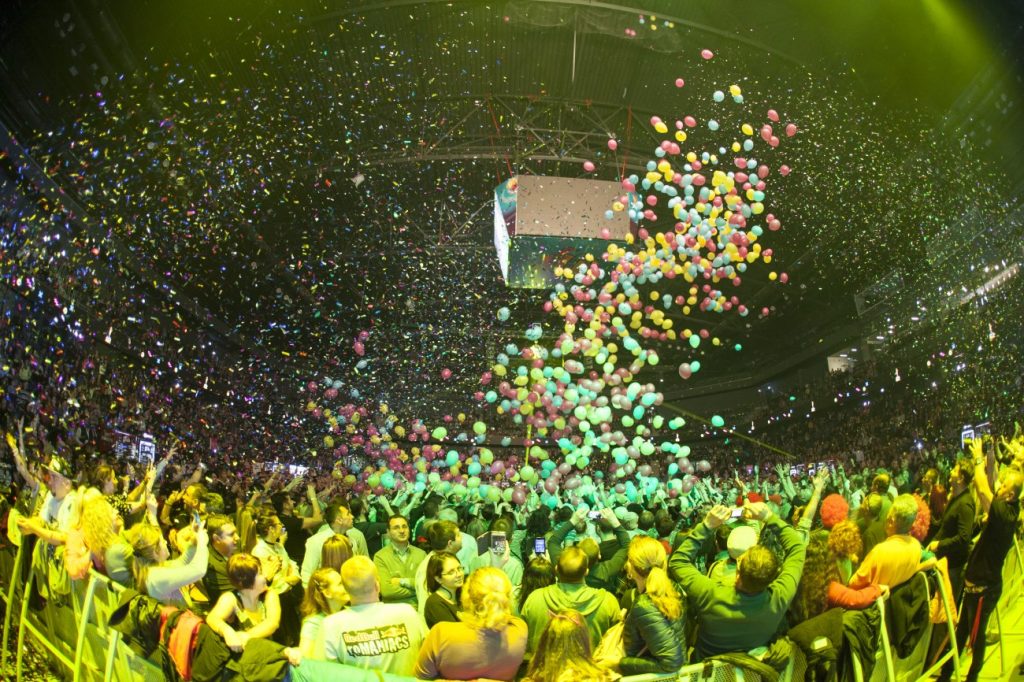
Live, eat, and drink “Non-Stop.” In Romania, there is no central government regulation on store opening hours. Local authorities can restrict opening hours within their areas. So, many stores that are open 24 hours, in every city or small town (less so in smaller villages). Usually, you can’t go into the store at night, but they will open a small window and hand you what you want. There is no restriction on purchasing alcohol: you can buy it at any hour of any day. If you get hungry in the middle of the night, or you just crave a can of coke, skip the delivery or food order— it’s cheaper to walk to these shops. You’ll spot the words “Non-Stop’’ on the windows of these shops. They’re usually they’re located in the center, but you can always ask local. Everyone knows where these shops are.
Bring hiking boots, and watch out for bears. Half of the Carpathian Mountain range is in the heart of Transylvania. The highest peak is Mount Moldoveanu (2,554 meters), in the Fagaras Mountains in the southern part of the Carpathians. you can rent mountain cabins—cabanas—but the best mountain-hike experience is to sleep in tents. It’s safe around Fagaras and Retezat mountains, but avoid sleeping in tents when you’re hiking on Harghita Mountains, on other mountains near Brasov, and anywhere in Harghita County—the population of brown bears has significantly increased in the past few years. If you’re brave and want to hike there during the day, go in groups, make a lot of noise, and take a gas-spray with you just in case. Bears won’t deliberately go near loud groups of people; they only attack if you get close to them and their cubs, which you can easily avoid with a bit of awareness and care.
